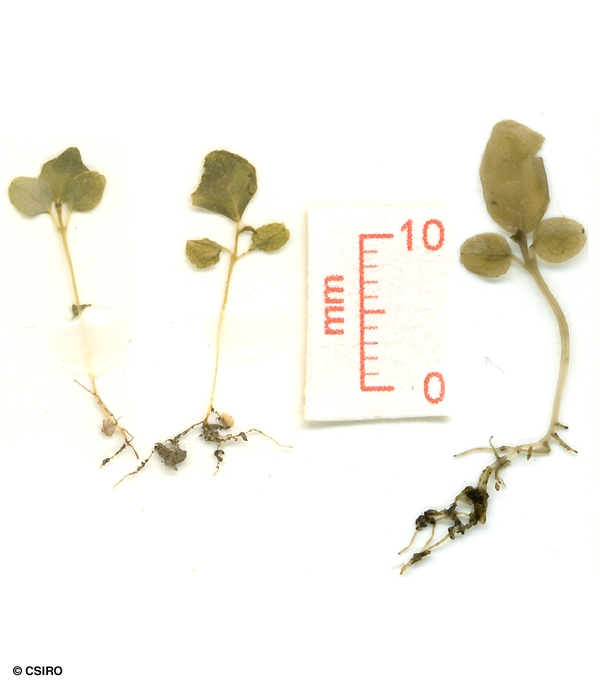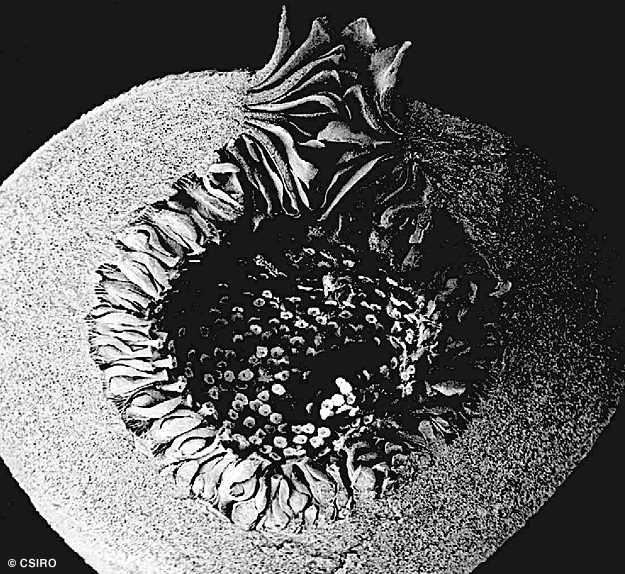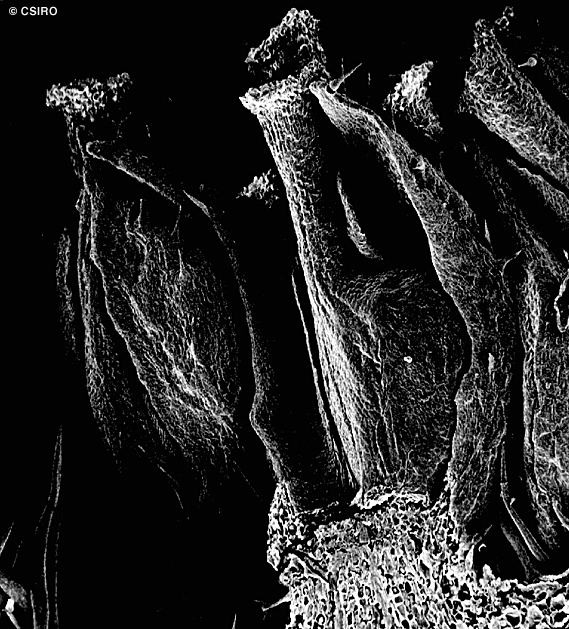Australian Tropical Rainforest Plants - Online edition
Ficus coronulata Miq.






Miquel, F.A.W. (1862) Journal de Botanique Neerlandaise 1 : 242. Type: Nova Hollandia borealis, in Arnhemsland, Aug. 1855: FERD. MUELLER.
Fig; Fig, Crown; Fig, Peach Leaf; Peach Leaf Fig; Crown Fig
A rheophyte, not a strangling fig. Blaze odour resembling that of rotten tomatoes (Lycopersicon esculentum). Lenticels tend to be in longitudinal lines.
Leaf blades about 15-25 x 4-5 cm. Both the upper and lower surfaces of the leaf blade sandpapery. Leaves wilt very quickly soon after removal from the tree.
Figs pedunculate, globular, about 10 mm diam. Orifice closed by interlocking apical and reflexed internal bracts.
Cotyledons orbicular, about 3 mm diam. At the tenth leaf stage: leaf blade lanceolate, apex acuminate, base obtuse, both the upper and lower surfaces sandpapery; stipules narrowly triangular, slightly asymmetrical with the midrib off centre. Seed germination time 9 days.





